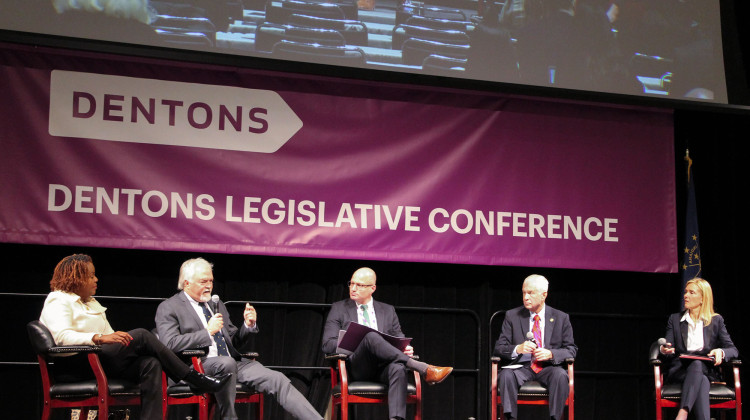The Indiana State Department of Health is looking to broaden its scope when it comes to preventing sexual violence.
The state has released an updated version of its Sexual Violence Primary Prevention Plan, which focuses on stopping rape before it happens.
Indiana’s last plan, released in 2010, focused on creating connections between state and local agencies, identifying priority populations to target, and finding data-based strategies to help prevent rape.
The new plan maintains similar goals, but opens the door to connecting more people, not just larger agencies.
ISDH’s Office for Womens’ Health Director Laura Chavez says unlike its previous iteration, the plan doesn’t specify the entities involved.
“I think we tried very hard to make it broad and inclusive so that no one feels pressure, but it allows a broad audience, profit, not-for-profit, schools anyone in the community to be able to take ownership of primary prevention of sexual violence in their communities,” she says.
Terri Lee, OWH Violence Prevention Program Director, says “anyone can take a look at the plan they can interject themselves into the plan, whether it be a community member, a professional, what have you.”
Other goals involve reaching out to populations that have been previously under-represented in anti-rape efforts, including men.
The new guidelines also refrain from putting particular agencies in charge of outcomes– an aspect that hampered the last plan after the Indiana Coalition Against Sexual Assault, the lead on many goals, was shut down because of unpaid taxes.
Indiana Coalition Against Domestic Violence spokeswoman Caryn Butler says collaboration has proven very successful in other states, but she adds young people need to be taught about healthy sexual relationships – something she says Indiana’s abstinence-only education mandate doesn’t provide.
“In Indiana we have this history of turning our heads—‘If we don’t think about if we don’t talk about it it’s not a problem’—and we have to talk about it,” she says. “That’s where the guidance on the state levels comes in.”
In 2015, more than one-in-eight girls and about one-in-sixteen boys in high school reported being raped at some point in their lives.
 DONATE
DONATE









 Support WFYI. We can't do it without you.
Support WFYI. We can't do it without you.